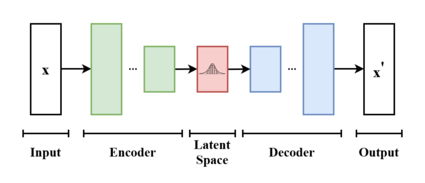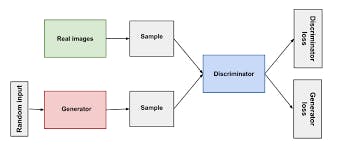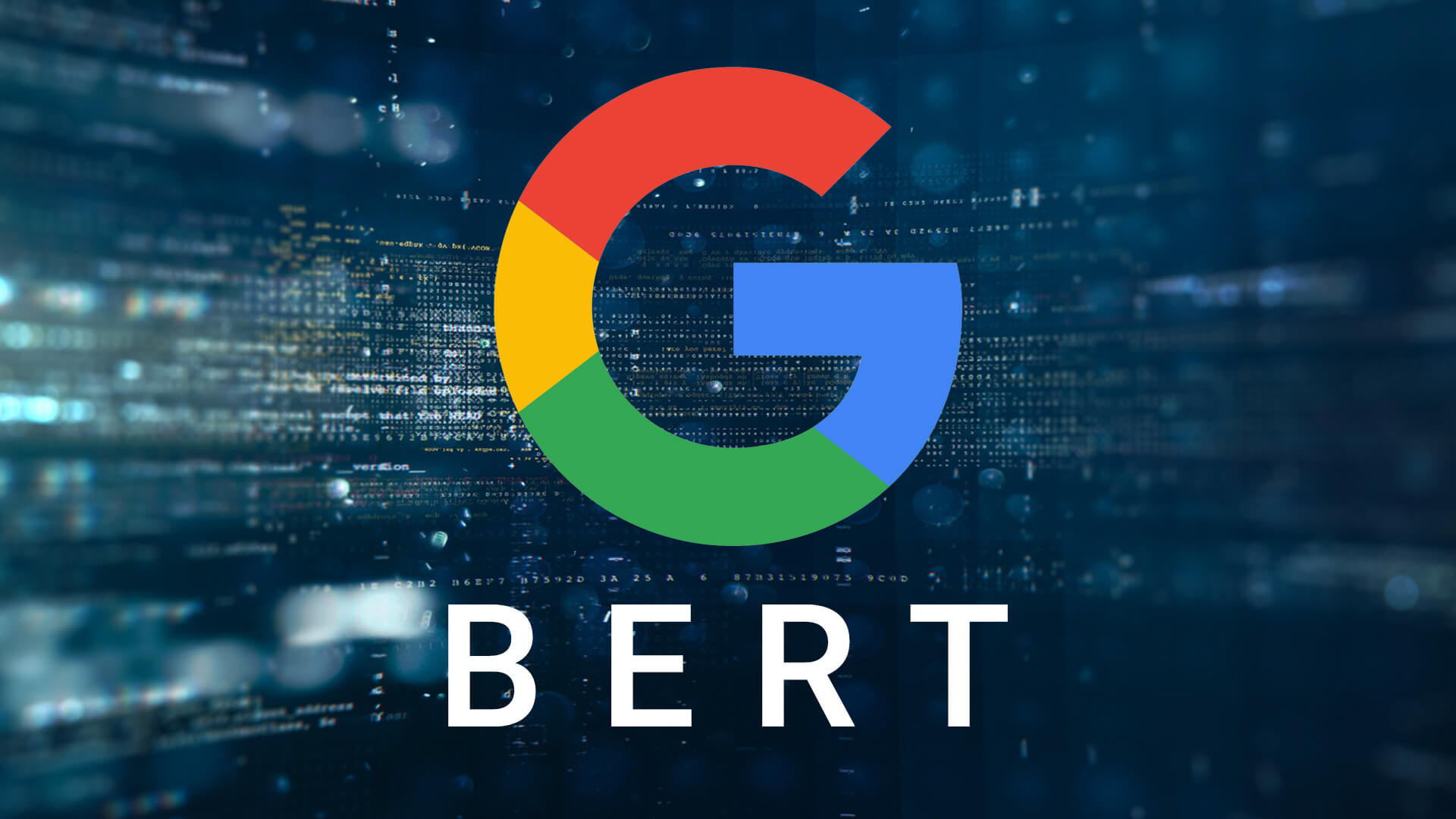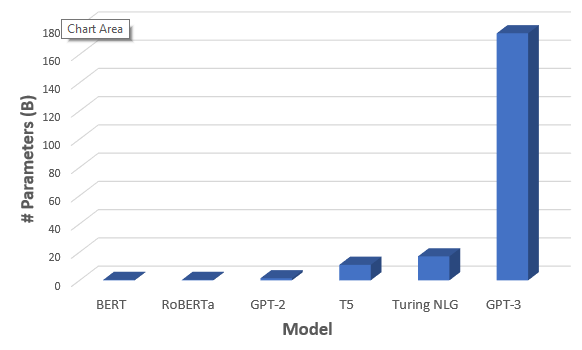Hey there, AI enthusiasts! Can you believe how far artificial intelligence has come in the last ten years? It's been an explosive journey, with groundbreaking advancements shaping the field like never before. In this article, we're going to take a delightful trip down memory lane and review the key breakthroughs that have occurred in AI over the past decade. Get ready to be amazed!
2013: AlexNet and Variational Autoencoders
Let's kick things off in 2013 when deep learning made a grand entrance into the world of computer vision. This was a game-changer, folks! AlexNet, a deep learning model, stole the spotlight by achieving record-breaking performance in image recognition. It blew our minds with its ability to identify objects in images with astonishing accuracy.

But that's not all! The same year, another revolutionary technique called variational autoencoders (VAEs) burst onto the scene. VAEs turned the tables on generative modelling, completely changing the game. They allowed us to generate new and original content by learning from existing data. It was like magic unfolding before our eyes!
2014: Generative Adversarial Networks
Fast forward to 2014, and we witnessed the birth of something truly mind-blowing: generative adversarial networks, also known as GANs. Brace yourself, because GANs took data generation to a whole new level. They pitted two neural networks against each other in a captivating duel, with one network generating fake data and the other network trying to tell the real from the fake.

This innovative approach led to remarkable advancements in unsupervised learning. GANs unleashed a flood of creativity, generating synthetic content that was eerily close to reality. It was like AI had unlocked its artistic side!
2015: ResNets and NLP Breakthroughs
Ah, 2015! It was a year of triumph for computer vision. Residual neural networks (ResNets) swooped in to solve a pesky problem called vanishing gradients.

These deep neural networks made training easier and more efficient by allowing information to flow through the layers without getting lost in the abyss. This breakthrough propelled computer vision to new heights, enabling us to recognize objects and scenes in images with unprecedented accuracy.
But wait, there's more! The world of natural language processing (NLP) also witnessed major advancements in 2015. Recurrent neural networks (RNNs) and long short-term memory (LSTM) models took centre stage, revolutionizing the way machines understand and process human language. These smart models paved the way for language translation, text summarization, and even chatbots that could hold meaningful conversations. Suddenly, AI was speaking our language!
2016: AlphaGo

2016 will forever be remembered as the year AI showed its strategic prowess. AlphaGo, developed by DeepMind, stunned the world by defeating the reigning world champion in the ancient board game of Go. It was an epic moment that demonstrated AI's ability to outsmart human players in a game that was considered too complex for machines. AlphaGo's triumph showcased the immense potential of AI in solving complex problems and sparked a renewed excitement for the possibilities ahead.
2017: Transformer Architecture and Language Models
In 2017, the AI landscape witnessed a groundbreaking development: the introduction of transformer architecture and self-attention. Transformers revolutionized the field of natural language processing, enabling machines to process and understand language in a more efficient and context-aware manner. These models harnessed the power of self-attention, allowing them to focus on the most relevant parts of a sentence and capture the nuances of meaning. It was like giving AI a sharper set of language skills!
2018: GPT-1, BERT, and Graph Neural Networks
The year 2018 brought us a trio of exciting advancements in AI. GPT-1, short for "Generative Pre-trained Transformer 1," wowed us with its ability to generate remarkably human-like text. By pre-training the model on a massive amount of data, GPT-1 showcased the power of unsupervised learning and set the stage for more advanced language models.

BERT, or "Bidirectional Encoder Representations from Transformers," entered the scene with a game-changing twist. It introduced bidirectionality in language modelling, allowing AI to understand the context of a word by considering both the preceding and succeeding words. BERT brought us one step closer to AI which truly comprehends the intricacies of human language.
But the party didn't stop there! 2018 also witnessed the rise of graph neural networks. These models gave AI a better understanding of graph data structures, enabling more accurate analysis and prediction. Suddenly, AI was unravelling the secrets hidden within intricate networks of relationships.
2019: GPT-2 and Improved Generative Models
In 2019, the baton of advancement was passed to GPT-2, an even more powerful language model. GPT-2 blew us away with its state-of-the-art performance in NLP tasks. It could generate text that was so realistic, it was hard to distinguish it from human-written content. GPT-2's achievements pushed the boundaries of generative models, bringing us closer to AI that could produce creative and engaging content on its own.
2020: GPT-3 and Self-Supervised Learning
Hold on tight because 2020 brought us GPT-3, the titan of language models.

GPT-3 set new standards in the world of large-scale AI models. It was capable of understanding and generating text with astonishing accuracy and fluency. GPT-3's prowess showcased the potential of self-supervised learning, where AI systems learn from vast amounts of data without the need for explicit labels. It was like witnessing a language prodigy in action!
2021: AlphaFold 2, DALL·E, and GitHub Copilot
Last year, 2021, saw three more incredible advancements that left us in awe. AlphaFold 2, a marvel in the world of protein folding, cracked a problem that had stumped scientists for decades. By predicting the 3D structures of proteins, AlphaFold 2 opened new doors for understanding diseases, designing drugs, and unlocking the mysteries of life itself.
DALL·E, a mind-bending AI creation, took our breath away with its ability to generate high-quality images from textual descriptions. Just imagine describing a surreal scene, and DALL·E brings it to life with stunning visuals. This fusion of language and artistry elevated the creative potential of AI to unimaginable heights.
And let's not forget GitHub Copilot, the developer's trusty sidekick. Copilot uses AI to assist developers in writing code, suggesting lines and completing functions with uncanny accuracy. It's like having a brilliant coding companion right by your side, boosting productivity and sparking new ideas.
2022: ChatGPT and Stable Diffusion
In 2022, OpenAI's ChatGPT took the conversational AI world by storm. It revolutionized the way we interact with AI, delivering more natural and engaging conversations. ChatGPT became our virtual friend, always ready to answer questions, provide insights, and even crack a few jokes. It was like having a delightful conversation with a digital companion.
The same year, stable diffusion entered the AI stage, bringing much-needed stability to generative modelling. This technique transformed the training process, ensuring smoother transitions and better sample quality. With stable diffusion
, AI models became more reliable and consistent, delivering truly impressive results.
Conclusion
Wow, what an incredible journey through the last decade of AI breakthroughs! We've witnessed the explosive growth of AI, from the early triumphs of AlexNet and VAEs to the mind-bending achievements of GPT-3, AlphaFold 2, and beyond. The field of artificial intelligence has made tremendous strides, shaping the way we interact with technology and opening up endless possibilities for the future.
As we look ahead, we're filled with excitement and anticipation for what the future holds. With each breakthrough, we inch closer to AI systems that can truly understand, create, and assist us in ways we never thought possible. So buckle up, my friends, because the journey is far from over. The AI revolution is just beginning, and it's going to be one incredible ride!
Thank you for taking the time to explore our blog on the incredible breakthroughs in the field of artificial intelligence over the past decade. We hope you found this journey through the realm of AI advancements engaging and enlightening.


